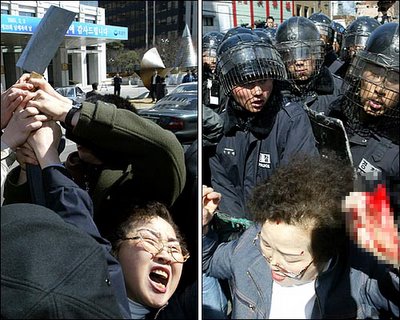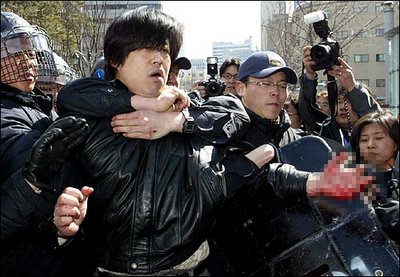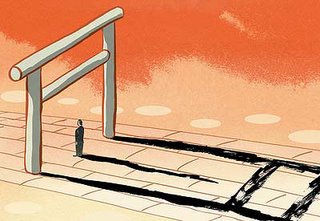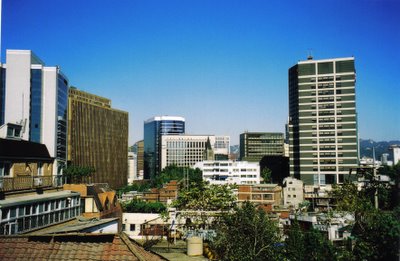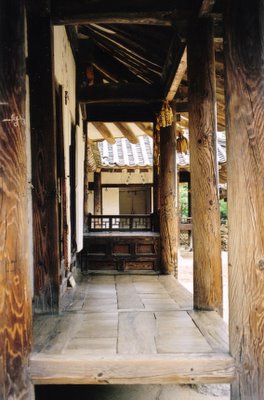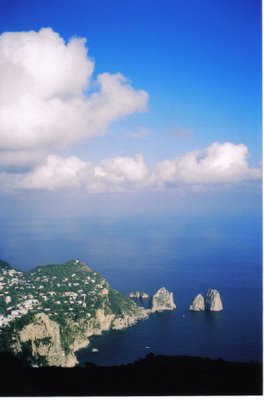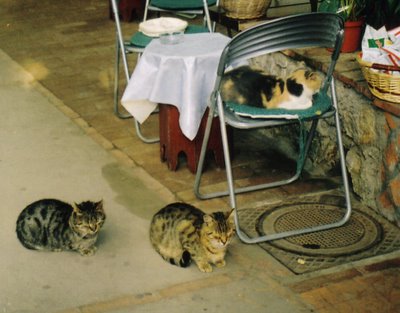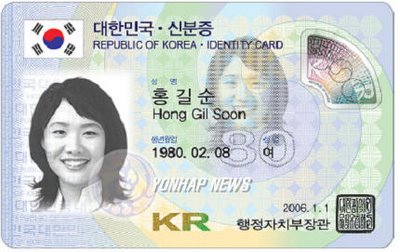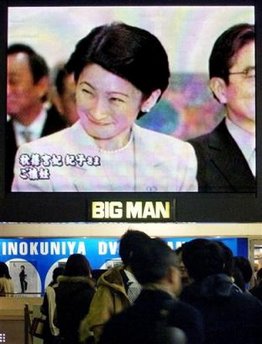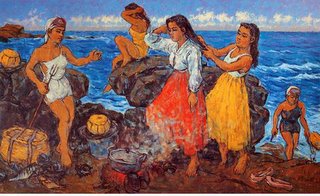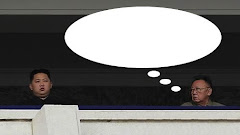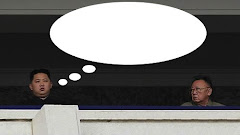I need to get a new digital cam so I can have a pic blog like this guy.
At the very least I should start posting .mpg files from my camcorder. Last night I was trying to find some video from which to capture a pic of Halmoni.
I also need to start watching more television. Yeah, my dad scream bloody murder to hear me say that, but I need to watch more Korean dramas. This girl and her enthusiasm have inspired me (or rather, re-inspired me) to do this.
I can comprehend most (let's say around 80%) of what is being said in a Korean drama or movie, but the 20% or so I don't get is often what's important. So I'd rather wait and watch these things on DVD, where I can go back and check the subtitles if I want.
The problem is, I just don't have time. The Korean movies on Catch-On run without subtitles, and that's all I watch right now.
God, please make there be 26 hours in a day (but without the nasty meteorological effects that would come from slowing down the spinning of the Earth on its axis). Sphere: Related Content
Odds and Ends: the Innovative Korea Edition - - Somebody forgot to tell Bloomberg that Koreans are automatons who lack creativity: South Korea ranked first in Bloomberg’s Global Innovation Index. Booya...
5 hours ago

